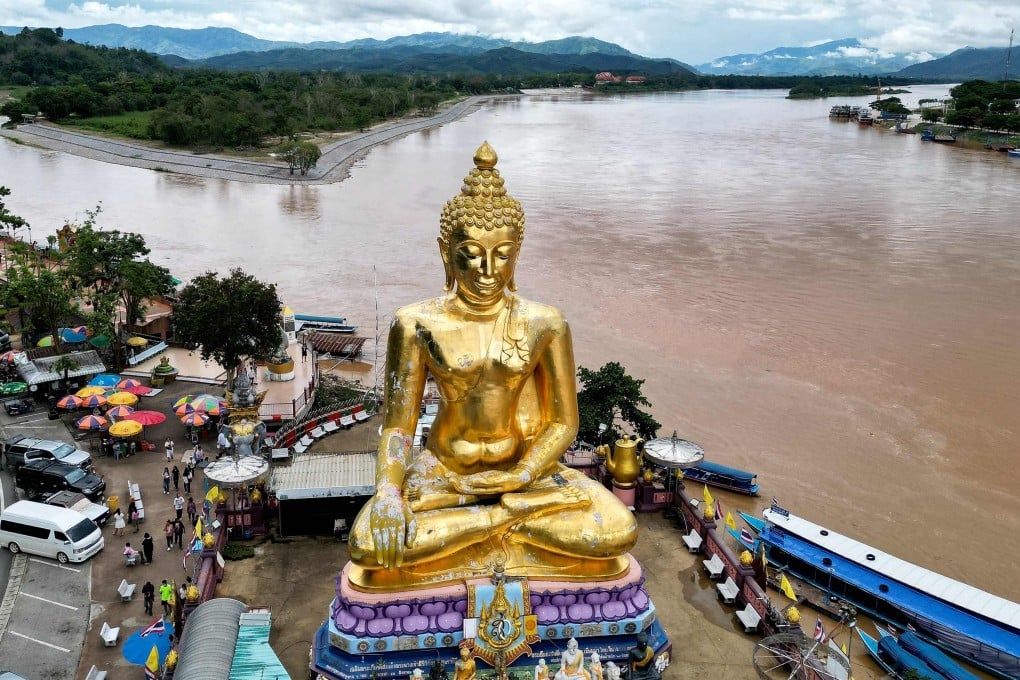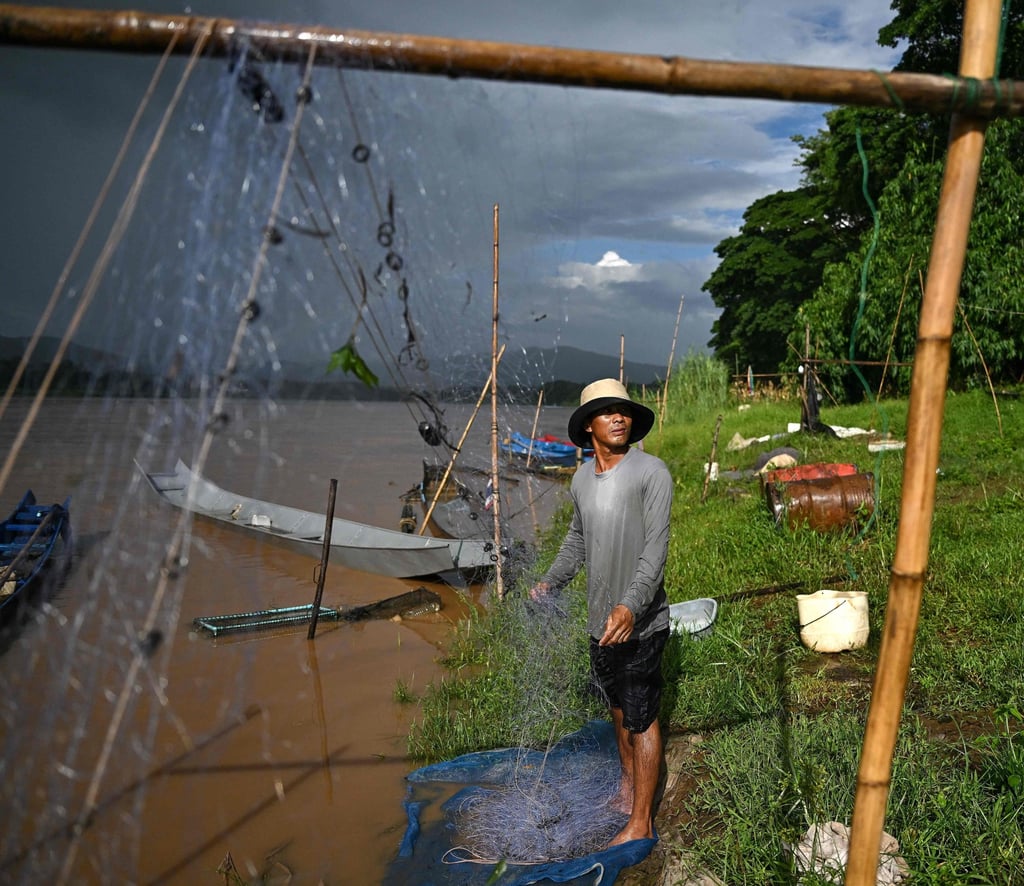Thai rivers threatened by Myanmar mines linked to China: ‘don’t want to eat the fish’
Tests by a Thai government agency have found levels of arsenic nearly five times international drinking water standards in the Kok River

The complex is one of around a dozen extraction operations that have sprung up in Shan state since around 2022, in territory controlled by the United Wa State Army (UWSA), one of conflict-wracked Myanmar’s largest and best-equipped ethnic armed groups.
A few kilometres away across the border, locals and officials in Thailand believe toxic waste is washing downstream from the mines into the Kok River, which flows through the kingdom’s far north on its way to join the mighty Mekong.
The price fisherman Sawat Kaewdam gets for his catch has fallen by almost half, because locals fear contamination. “They say: ‘There’s arsenic. I don’t want to eat that fish,’” he said.

Tests in Chiang Mai and Chiang Rai by a government pollution agency found levels of the toxic element as high as 49 micrograms per litre of river water – nearly five times international drinking water standards.